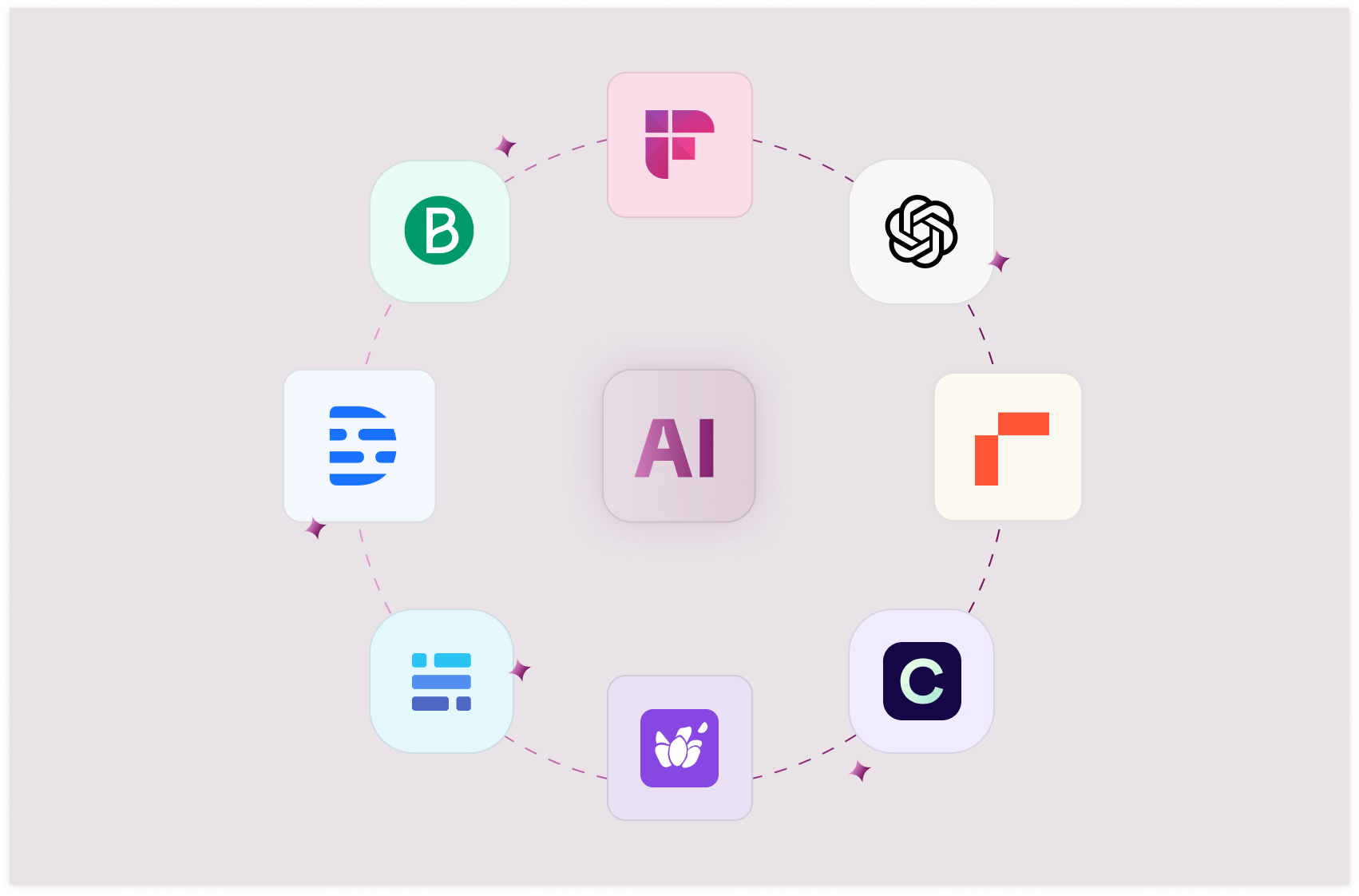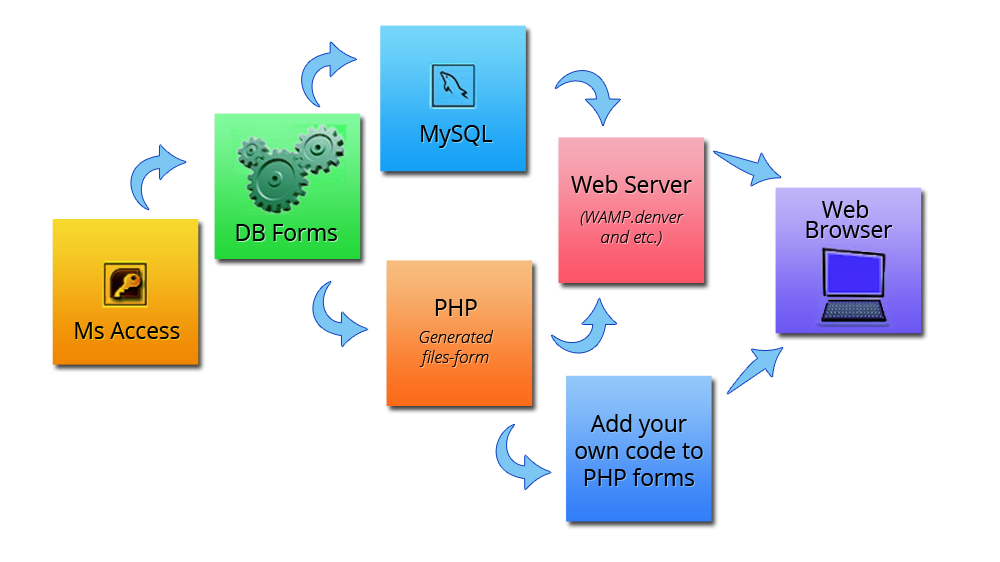
In the dynamic world of web development, staying ahead means constantly evolving your knowledge and understanding the interplay between powerful technologies. Node.js and React.js have firmly established themselves as the cornerstones of modern full-stack development, and their continued evolution makes a deep understanding of their capabilities more crucial than ever in 2025.
This blog post will delve into the essential knowledge required for both Node.js and React.js, highlighting their individual strengths and how their synergy creates highly performant, scalable, and delightful user experiences.
The Backend Maestro: Node.js Expertise
Node.js, built on Chrome's V8 JavaScript engine, has revolutionized server-side development by enabling JavaScript to run outside the browser. Its non-blocking, event-driven architecture makes it exceptionally well-suited for high-concurrency and real-time applications. To truly master Node.js in 2025, consider these key knowledge areas:
-
Asynchronous Programming & Event Loop: At its core, Node.js thrives on asynchronous operations. A deep understanding of callbacks, Promises,
async/await, and the Node.js Event Loop is fundamental. This knowledge ensures you can write efficient, non-blocking code that maximizes throughput. -
API Development with Frameworks (Express.js, NestJS, Fastify):
-
Express.js: Remains the minimalistic and flexible choice for building RESTful APIs. Knowing how to set up routes, middleware, and integrate with databases is crucial.
-
NestJS: For larger, more structured applications and microservices, NestJS, a progressive Node.js framework built with TypeScript, provides an opinionated architecture (inspired by Angular) that promotes modularity, testability, and maintainability. Its support for Dependency Injection and GraphQL is a significant advantage.
-
Fastify: For performance-critical APIs, Fastify offers blazing-fast speed with robust JSON schema validation.
-
-
Database Integration & ORMs: Proficiency in connecting Node.js with various databases, both SQL (e.g., PostgreSQL with
sequelizeorknex.js) and NoSQL (e.g., MongoDB withMongoose), is essential. Modern ORMs like Prisma are gaining significant traction for their TypeScript support and declarative data modeling. -
Real-time Capabilities (WebSockets & Socket.io): Node.js is a leader in real-time applications. Understanding WebSockets and libraries like Socket.io is vital for building chat applications, live dashboards, collaborative tools, and multiplayer games.
-
Microservices Architecture: As applications grow, microservices offer improved scalability and maintainability. Node.js's lightweight nature makes it an excellent choice for building individual microservices that communicate with each other. Knowledge of service discovery, API gateways, and message brokers (like Kafka or Redis Pub/Sub) is increasingly valuable.
-
Authentication & Authorization: Implementing secure user authentication (e.g., JWT-based authentication with
Passport.js) and authorization mechanisms is paramount for any web application. -
Performance Optimization & Scalability: Techniques like clustering, worker threads (for CPU-bound tasks), caching (with
cache-managerand Redis), and serverless patterns are crucial for building high-performance and scalable Node.js applications. -
Modern Node.js Practices (ESM, Native Web APIs, Edge Computing): Staying current means embracing ECMAScript Modules (ESM) natively, leveraging native Web APIs (like
fetchin Node.js), and understanding how to optimize Node.js for edge computing platforms (e.g., Cloudflare Workers, Deno Deploy) for reduced latency and faster cold starts.
The Frontend Virtuoso: React.js Expertise
React.js, a declarative JavaScript library for building user interfaces, continues to dominate the frontend landscape. Its component-based architecture and Virtual DOM are central to its efficiency and developer experience. For proficient React.js development in 2025, focus on:
-
Core React Concepts: A solid grasp of JSX, components (functional and class-based, though functional components with Hooks are the modern standard), props, state, and the component lifecycle is non-negotiable.
-
React Hooks: Master
useState,useEffect,useContext,useCallback,useMemo, anduseReducerto manage component state, side effects, and optimize performance effectively. -
State Management: For complex applications, proficiently managing global state is crucial. This includes:
-
Context API: For simpler state sharing across components without prop drilling.
-
Redux (with Redux Toolkit): Still a powerful and widely used solution for large-scale applications requiring predictable state management.
-
Recoil/Jotai: Newer, more minimalistic state management libraries that offer different approaches to state atomization.
-
-
Routing (React Router): Understanding how to implement client-side routing to navigate between different views in a Single-Page Application (SPA) is essential.
-
Performance Optimization: Leverage techniques like code splitting (with
React.lazyandSuspense), memoization (useMemo,useCallback), and virtualization libraries for large lists to ensure fast and smooth user experiences. -
Server-Side Rendering (SSR) & Static Site Generation (SSG) with Meta-Frameworks (Next.js, Remix): These are vital for improved SEO, faster initial page loads, and enhanced user experience.
-
Next.js: A leading React framework that offers out-of-the-box SSR, SSG, file-based routing, and full-stack capabilities with API routes. Its Server Components and Server Actions are game-changers for optimizing bundle size and data fetching.
-
Remix: Another strong contender that prioritizes web standards and offers powerful features for data loading and mutations.
-
-
Styling Approaches: Familiarity with various styling methods, including traditional CSS, CSS Modules, CSS-in-JS libraries (Styled Components, Emotion), and utility-first frameworks like Tailwind CSS.
-
Testing: Writing robust tests (unit, integration, end-to-end) is critical for maintainable React applications. Familiarity with Jest and React Testing Library is a must.
-
TypeScript Integration: The adoption of TypeScript with React is growing rapidly. Knowing how to use TypeScript for better type safety, improved code maintainability, and enhanced developer experience is highly valued.
-
Micro-Frontends & Design Systems: For large organizations, understanding how to build and integrate micro-frontends (using module federation) and leverage design systems for consistent UI/UX across multiple teams is a valuable skill.
The Unstoppable Full-Stack Synergy
The real power emerges when Node.js and React.js are combined. Here's why their synergy is unmatched:
-
JavaScript Everywhere: This is the ultimate efficiency booster. Developers can work across the entire stack using a single language, leading to faster development cycles, easier debugging, and better code sharing.
-
JSON Compatibility: Both technologies natively work with JSON, making data exchange between frontend and backend seamless and efficient.
-
Performance & Scalability: Node.js's ability to handle numerous concurrent requests, combined with React's efficient UI rendering and the capabilities of meta-frameworks like Next.js, results in incredibly fast and scalable applications.
-
Real-time Applications: The combination is a perfect fit for real-time features, with Node.js handling WebSocket connections on the server and React dynamically updating the UI in response to live data.
-
Unified Tooling & Ecosystem: The vast npm ecosystem benefits both sides of the stack, offering a plethora of libraries and tools that accelerate development.
-
Developer Experience: The continuous improvements in developer tooling for both Node.js (e.g., better debugging) and React.js (e.g., React DevTools, Fast Refresh, React Compiler) lead to a highly productive and enjoyable development experience.
-
Emerging Trends: Both technologies are at the forefront of adopting new trends like AI/ML integration (e.g., TensorFlow.js in Node.js, AI-augmented developer workflows in React), WebAssembly (for performance-critical computations), and further optimization for edge computing.
Conclusion:
The landscape of web development is constantly evolving, but the core strength and versatility of Node.js and React.js ensure their continued dominance. Mastering both technologies individually and understanding how they interoperate as a cohesive full-stack solution is not just a trend for 2025; it's a fundamental requirement for building modern, high-performance, and scalable web applications. By continuously deepening your knowledge in areas like asynchronous programming, modern API design, advanced React features, and performance optimization, you will be well-equipped to tackle the challenges and opportunities of full-stack development in the years to come. Embrace this dynamic duo and become a true architect of the web's future.





